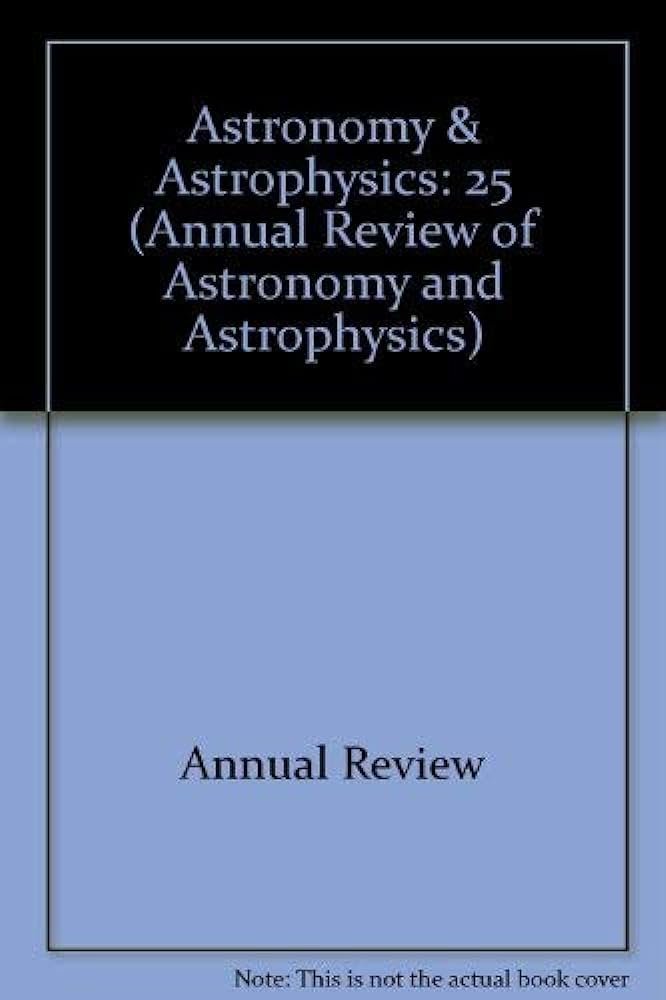环双星吸积:从双星到大质量双黑洞
IF 32.5
1区 物理与天体物理
Q1 ASTRONOMY & ASTROPHYSICS
Annual Review of Astronomy and Astrophysics
Pub Date : 2022-10-31
DOI:10.1146/annurev-astro-052622-022933
引用次数: 4
摘要
我们回顾了最近关于环双星吸积动力学的研究,包括时间变异性,盘和双星之间的角动量传递,以及吸积双星的长期演化。这些动力学影响恒星双星的形成/演化,环双星行星的形成/迁移,以及(超大)质量黑洞双星的演化。我们讨论了倾斜/弯曲环双星盘的动力学和演化,并结合原行星盘的观测。一种特殊的环双星吸积涉及嵌入大圆盘中的双星,这可能有助于AGN圆盘中恒星质量黑洞的合并。▪环双星吸积是高度可变的,在Pb(双星周期)或~ 5pb时被调制,这取决于双星的离心率eb和质量比qb。▪环双星盘的内部区域可以形成连贯的偏心结构,这可能会调节吸积并影响盘内发生的物理过程(例如行星迁移)。在很长的时间尺度上,环双星吸积会使双星的质量相等,但它并不总是导致双星的轨道衰变。长期轨道演化取决于双星参数(eb和qb)和吸积气体的热力学性质。低偏心双星周围的不对准盘由于粘滞耗散倾向于向共平面发展。但是当eb是显著的,磁盘可以演变成“极对齐”,与磁盘平面垂直于二进制平面。《天文学和天体物理学年度评论》第61卷的最终在线出版日期预计为2023年8月。修订后的估计数请参阅http://www.annualreviews.org/page/journal/pubdates。本文章由计算机程序翻译,如有差异,请以英文原文为准。
Circumbinary Accretion: From Binary Stars to Massive Binary Black Holes
We review recent works on the dynamics of circumbinary accretion, including time variability, angular momentum transfer between the disk and the binary, and the secular evolution of accreting binaries. These dynamics impact stellar binary formation/evolution, circumbinary planet formation/migration, and the evolution of (super)massive black hole binaries. We discuss the dynamics and evolution of inclined/warped circumbinary disks and connect with observations of protoplanetary disks. A special kind of circumbinary accretion involves binaries embedded in big disks, which may contribute to the mergers of stellar-mass black holes in AGN disks. Highlights include the following: ▪ Circumbinary accretion is highly variable, being modulated at Pb (the binary period) or ∼5 Pb, depending on the binary eccentricity eb and mass ratio qb. ▪ The inner region of the circumbinary disk can develop coherent eccentric structure, which may modulate the accretion and affect the physical processes (e.g., planet migration) taking place in the disk. ▪ Over long timescales, circumbinary accretion steers binaries toward equal masses, and it does not always lead to binary orbital decay. The secular orbital evolution depends on the binary parameters ( eb and qb) and on the thermodynamic properties of the accreting gas. ▪ A misaligned disk around a low-eccentricity binary tends to evolve toward coplanarity due to viscous dissipation. But when eb is significant, the disk can evolve toward “polar alignment,” with the disk plane perpendicular to the binary plane. Expected final online publication date for the Annual Review of Astronomy and Astrophysics, Volume 61 is August 2023. Please see http://www.annualreviews.org/page/journal/pubdates for revised estimates.
求助全文
通过发布文献求助,成功后即可免费获取论文全文。
去求助
来源期刊

Annual Review of Astronomy and Astrophysics
地学天文-天文与天体物理
CiteScore
54.80
自引率
0.60%
发文量
14
期刊介绍:
The Annual Review of Astronomy and Astrophysics is covers significant developments in the field of astronomy and astrophysics including:The Sun,Solar system and extrasolar planets,Stars,Interstellar medium,Galaxy and galaxies,Active galactic nuclei,Cosmology,Instrumentation and techniques,
History of the development of new areas of research.
 求助内容:
求助内容: 应助结果提醒方式:
应助结果提醒方式:


